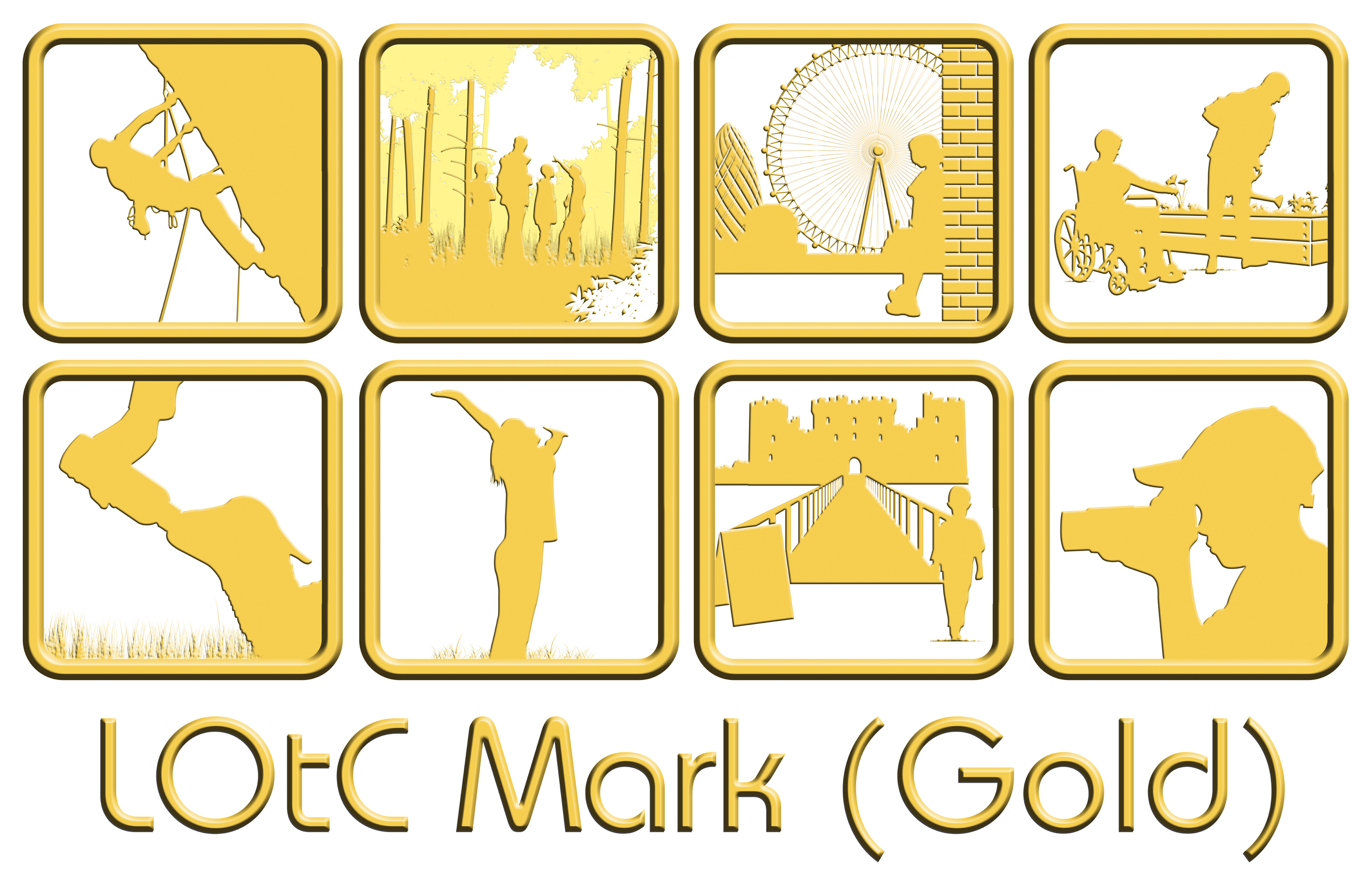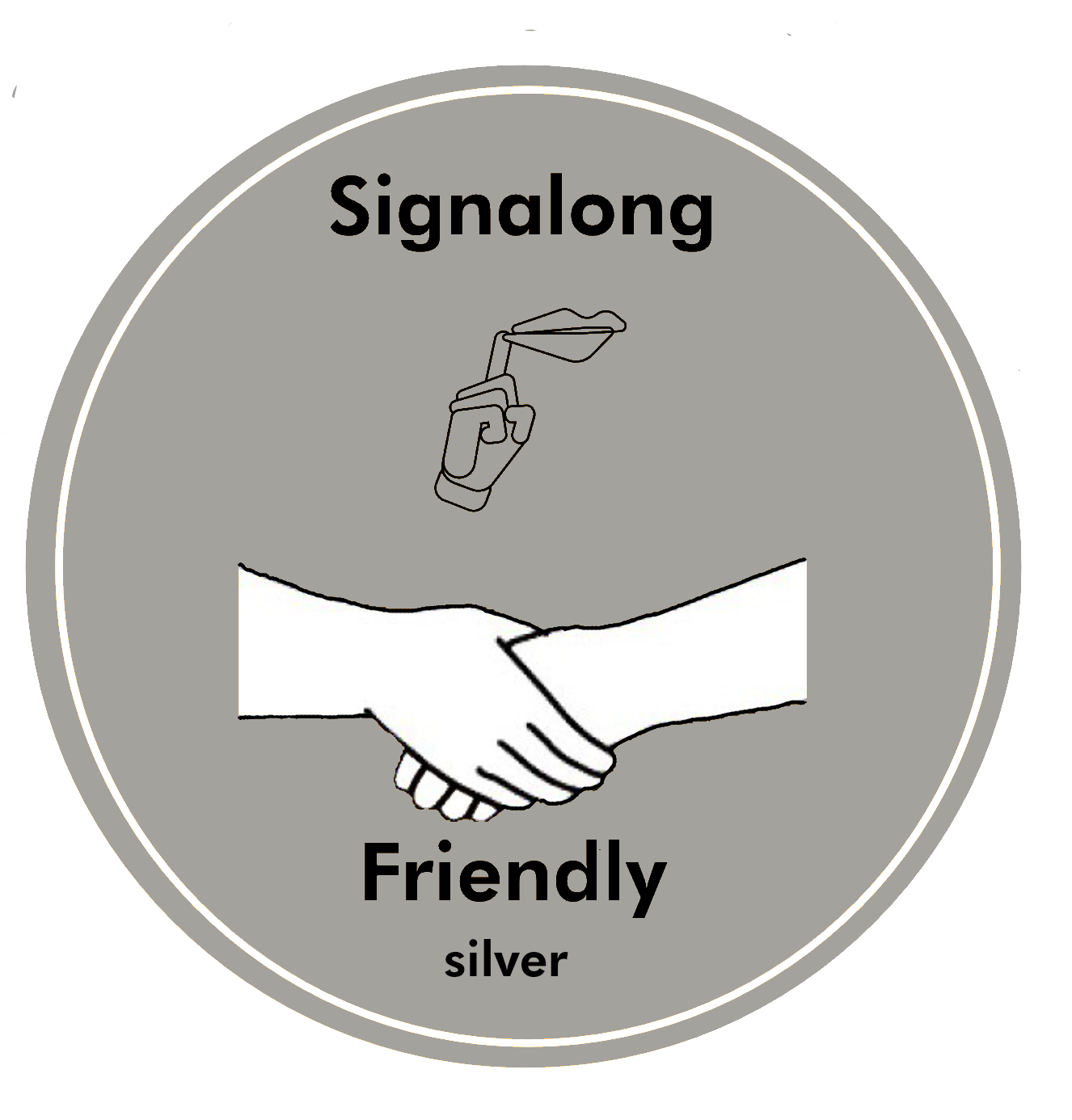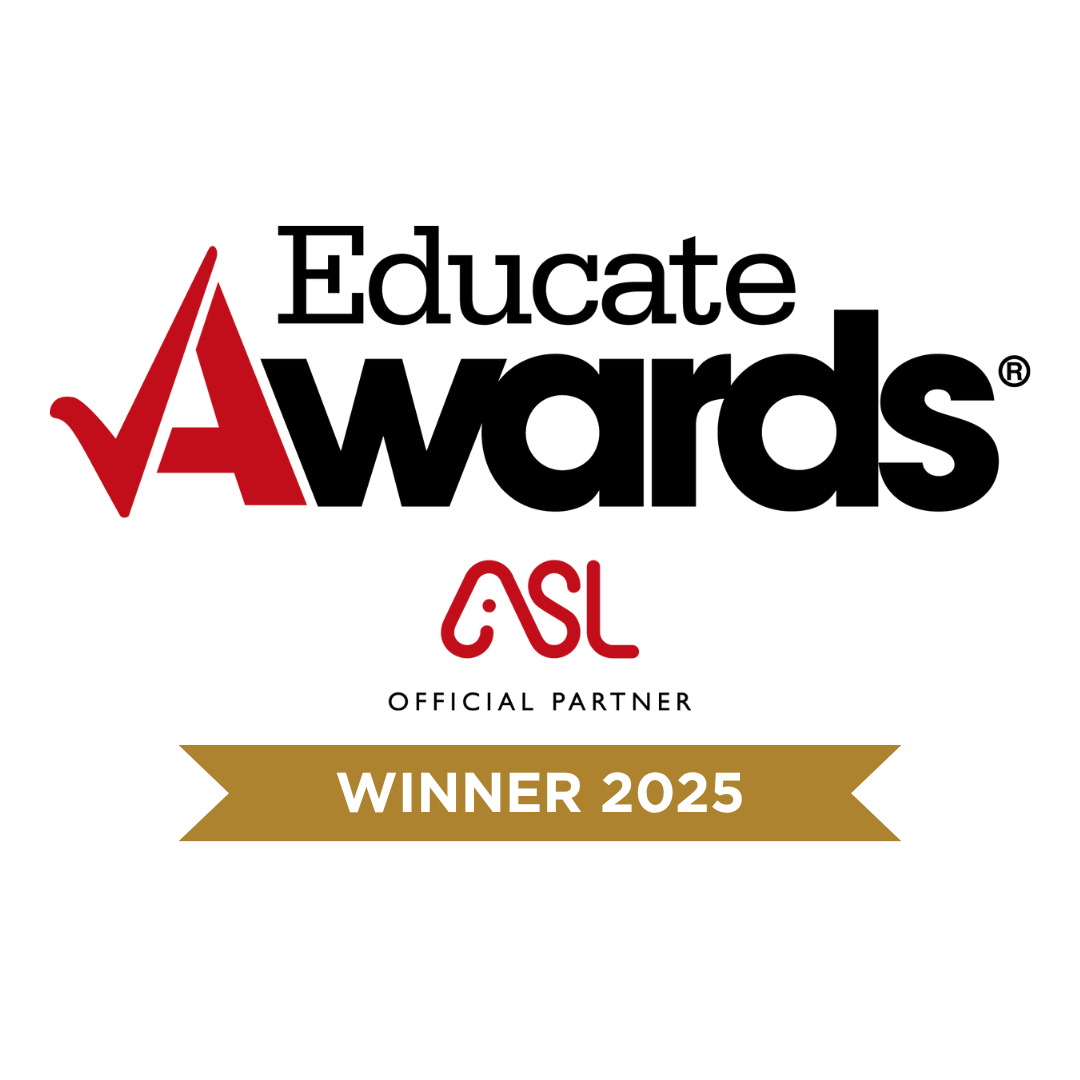Dog Mentor - Rowan
Meet Rowan, a warm and friendly brown dog who is eagerly waiting to support and inspire the learners at our school. With the help of his trained mentors, Rowan works a full timetable from September, bringing his unique talents and unconditional love to benefit our students.

We are excited about the wonderful things Rowan will bring to our school. His role as a school dog mentor goes beyond the traditional classroom setting. Rowan will be actively involved in various aspects of school life, whether it's accompanying students during reading sessions, providing companionship during break times, or participating in mindfulness activities. His presence will promote social interaction, emotional well-being, and overall positive experiences for all learners.
Rowan Tree School Dog Policy
Children can benefit educationally and emotionally, increase their understanding of responsibility and develop empathy and nurturing skills through contact with a dog. In addition to these benefits, children and staff take great enjoyment from interaction with a dog.
Is there a risk in bringing a dog into a school environment?
There is a risk, though there are a variety of accidents, which can happen within the school environment which far exceed the number of injuries or incidents caused by a dog. Therefore, it is just another risk that needs to be managed. A thorough risk assessment has been carried out and this is included in this document (see appendix). Dogs are not allowed anywhere on the school site at any time unless specifically authorised by the Head Teacher. This includes drop off and collection times. This policy outlines measures put in place to allow the school dog to be present.
School policy:
· The dog will be owned by Mrs Kathryn Oliver
· The Governors have the right to refuse entry to the dog.
· The dog is a Dachshound chosen because it is a small, intelligent breed that will respond well to training and which is known to be good with children, which sheds little hair and is very sociable and friendly.
· The Chair of Governors and the governing board agree that a school dog will benefit the children and staff at Rowan Tree School
· Staff, parents and children have been informed that the dog will be in school. Mrs Kathryn Oliver Deputy Headteacher has produced a risk assessment alongside Jenny Duckworth who will be supporting us in training Rowan.
· Parents will be consulted on allowing their child to access the dog.
· Any people known to have allergic reactions to dogs must not go near the dog. All visitors will be informed that there is a dog in school.
· If the dog is ill he will not be allowed into school.
· The school is being trained through The Dog Mentor Training for the first two years, this includes on-going training for 6 select members of staff and support for the whole school where needed.
· Children must never be left alone with the dog; there must be an appropriate adult present at all times.
· The trained adults must ensure that the dog does not feel threatened or overwhelmed by the children.
· Children should be reminded of what is appropriate behaviour around the dog. Children should remain calm around the dog. They should not make sudden movements and must never stare into a dog’s eyes as this could be threatening for the dog. Children should not put their face near a dog and should always approach it standing up. Children must be calm and regulated when near the dog.
· Children should never go near or disturb the dog that is sleeping or eating.
· Everyone must wait until the dog is sitting or lying down before touching or stroking him.
· If the dog is surrounded by a large number of children, the dog could become nervous and agitated. Therefore, the adult in charge of the dog must ensure that she/he monitors the situation. School Dog Policy
· Dogs express their feelings through their body language. Growling or bearing of teeth indicate that the dog is feeling angry or threatened. Flattened ears, tail lowered or between their legs, hiding behind their owner, whining or growling are signs that the dog is frightened or nervous. If the dog is displaying any of these warning signs he should be immediately removed from that particular situation or environment.
· Children must not be allowed to play roughly with the dog.
· Children should not eat near the dog.
· Children will be monitored when stroking the dog. They must stroke the dog’s body, chest or back – not by her face or head.
· Children should pay careful attention to hygiene, they must wash their hands immediately after stroking the dog.
· Any dog foul must be immediately disposed of.
· Trained staff members will know the whereabouts of the dog and notified of which staff will be supervising the dog.
· The fire evacuation procedure will include the dog.
· The dog can be off lead with pupils in enclosed areas such as the sensory playground, classrooms and appropriate rooms around school.
Reasons to have a dog in school:
In summary, academic research has shown that dogs working and helping in the school environment can achieve the following:-
1) Improve academic achievement.
2) Calming behaviours.
3) Increase social skills and self-esteem.
4) Increase confidence.
5) Teach responsibility and respect to all life.
6) Pupil and staff wellbeing
7) Motivate children who are often less attentive.
the dog mentor risk register rowan tree primary school 04 07 2023.pdf
FAQs:
Q: Is the dog from a reputable breeder?
Yes. The Dog is from a home where both parents were seen and has been specifically chosen for its temperament.
Q: Where will the dog be kept
The dog will be kept in the Senior Leaders Office or the school office . It will be supervised at all times. The dog will only come into contact with students who have parental permission, this will be under strict supervision. The dog will also attend meetings with staff to support further socialisation, following consultation with staff beforehand. The dog will be slowly introduced to school life to not overwhelm him.
Q: Has a risk assessment been undertaken?
Yes, we have carefully considered having a dog in school and sought advice from many sources, including other schools that successfully have a school dog and a reputable dog behaviourist.
Q: Who is responsible for training?
Mrs Kathryn Oliver will be the legal owner of the dog and will be responsible for training the dog. 5 other staff members including senior leaders and members of office staff will also be trained by Jenny Duckworth from The Dog Mentor Program. This ensures the dog is temperament checked and safe. The dog will have checks from a dog behaviourist every 3 years.
Q: How will the dog be toileted to ensure hygiene for all
In the interest of health and hygiene our school dog will be toileted when taken out for short walks in the grounds. Only staff members will clear this away appropriately leaving no trace on the ground, cleaning the area with disinfectant if needed. Our policy of no dogs in the playground is still applicable as we are unable to put effective control measures in place that guarantee temperament and safety when children come into unsupervised contact with unknown dogs.
Q: How will the dog’s welfare be considered?
The dog will be walked regularly and given free time outside. Parents will be able to give permission in advance to allow their child to be able to walk with a member of staff and the dog during that time. This will also be used as a behaviour reward, in line with our behaviour policy. The dog will be kept in SLT office and will only have planned and supervised contact with children and visitors. The dog will be carefully trained over a period of time and will have unlimited access to food and water. We will work carefully to ensure the dog’s welfare is always considered.
Q: How will this be managed where children have allergies?
Children will not need to touch the dog, which will relieve the possibility of allergic reactions. We already manage a number of allergies at school and this will be no different for children and adults that are allergic to dogs. Individual needs will always be met and we are happy to work with parents to put additional control measures in place for individual allergies. The breed of dog is known for minimal moulting and regularly groomed to reduce any possibility of allergens.
Q: My child is frightened of dogs; how will you manage this?
Access to the dog is carefully managed and supervised and children do not need to have close contact with him unless permission for this has been given.











